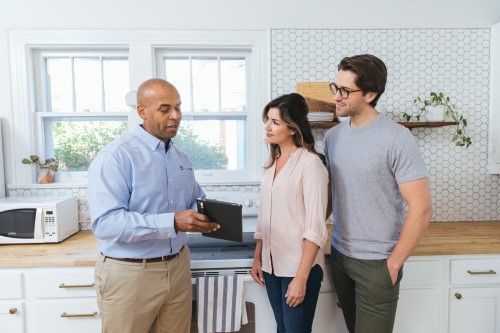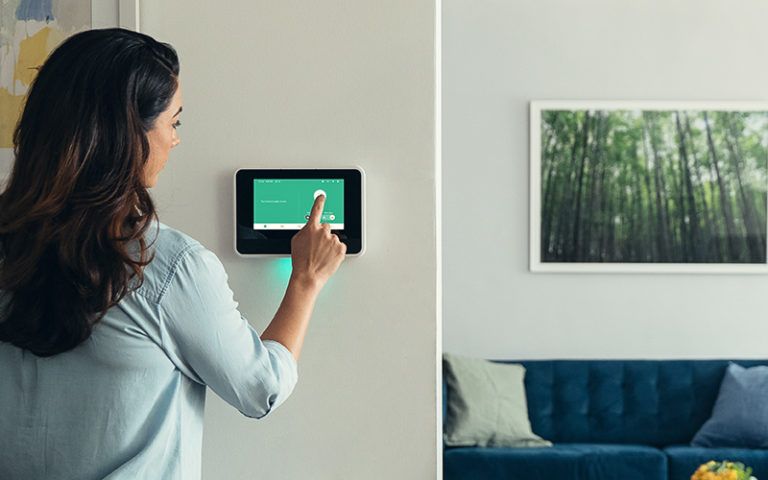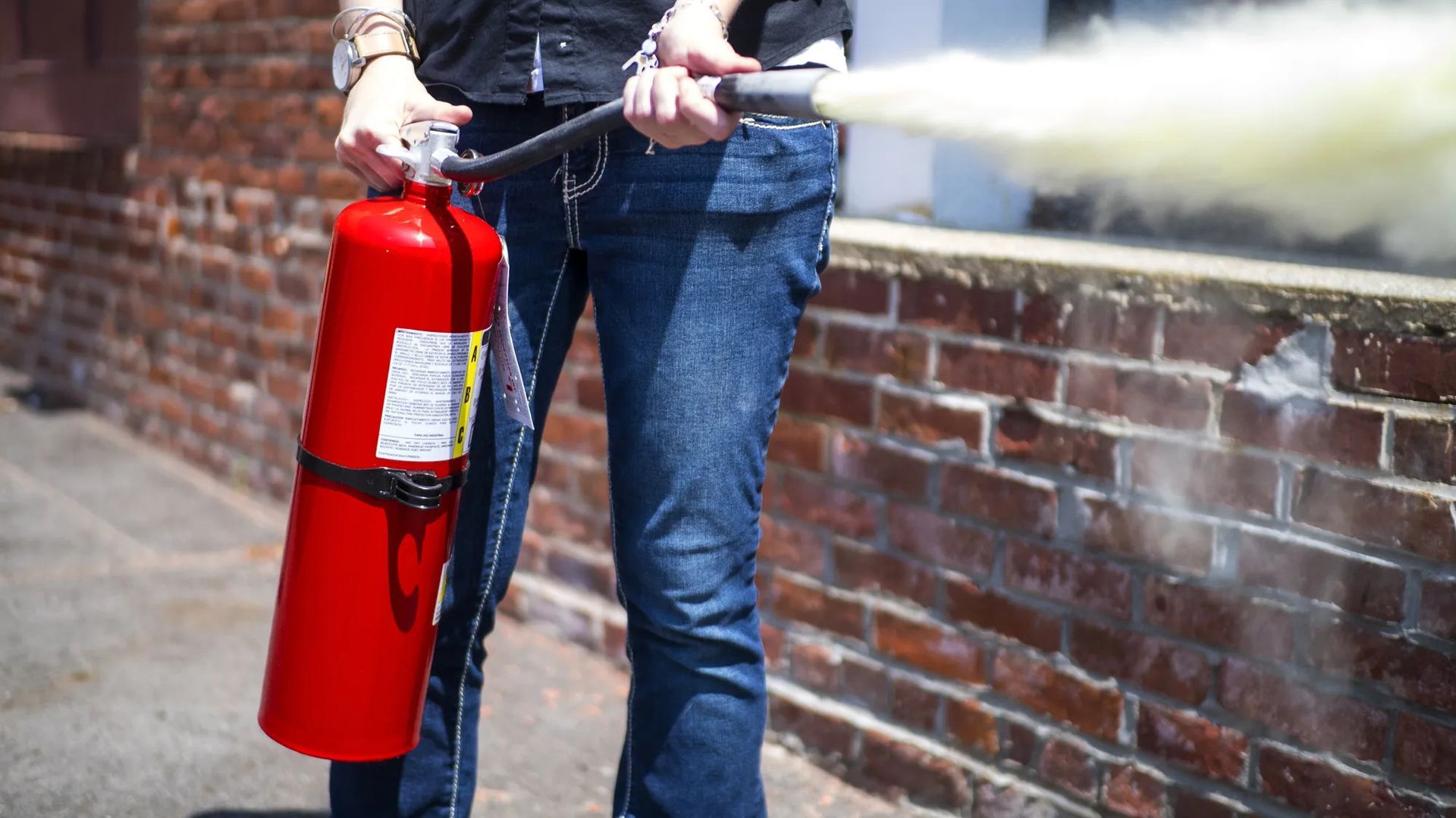
Safety is a top priority for homeowners, and there are several ways to prevent accidents from happening in your home.
Looking for a hassle-free residential move ? Contact our team of professional movers – we’ll take care of everything for you!
The more safety precautions you take, the safer your family will be. Follow these nine essential tips to keep your home safe from accidents:
Perform a home safety audit during residential move

A home safety audit is a great way to find potential hazards in your home, which you can then address. To conduct one, make a list of all the rooms in your house and then go through them one by one. As you’re walking through each room, pay attention to anything that could be dangerous for children or pets—outlets with exposed wiring and broken switches, loose floorboards and steps, heavy things (such as furniture) that could fall on someone if they were pushed over accidentally—and write those down too. This will give you an idea of where there are any issues so that they can be addressed before something happens!
This process should also include checking smoke detectors and carbon monoxide detectors; these devices are critical lifesavers in case of fire or carbon monoxide poisoning.* They should be tested twice per year: once around January 1st and again around June 30th.* You should also check their batteries every 6-12 months (depending on how often you turn them on). If a battery dies during testing time (or after), replace it immediately!
Keep your doors and windows locked
Keep your doors and windows locked at all times. Never open the door for a stranger, even if they claim to be law enforcement. If you think something strange is going on, call 911 immediately and stay inside until the police arrive.
It may seem like common sense, but it’s important to make sure you lock up before leaving home—even if you are only stepping out for a moment. This includes locking any windows as well as your front or back door (if applicable). You should also use deadbolts on every door that can be locked from the inside including doors leading outside like garage doors or storage sheds. If you don’t already have deadbolts installed on these types of doors make sure that they are installed immediately!
Make sure your smoke detectors are in good working condition
- Check your smoke detectors. Make sure they work and replace the batteries if they don’t. If it’s been a while since you changed them, it might be time to test them anyway.
- Change the batteries in your smoke detectors regularly so they can be ready when you need them! The battery life of a smoke detector is usually between 6 and 10 years, depending on the model, so make sure you check yours before then.
- Cleaning your smoke detector will help ensure that all parts are working properly and allow for better airflow throughout its system. Use a clean cloth or soft brush to wipe down any dirt or dust from inside of it every few months, especially after changing its battery (you should do this anyway). This will prevent dust buildup that could cause false alarms or other malfunctions later down the road!
Always practice kitchen safety
- Keep children and pets away from the kitchen when cooking, especially if you’re using an appliance with sharp blades or other dangerous parts that can cause injury to small animals or children who might be curious about them.
- Don’t use the stove or oven when you are tired—you run the risk of accidentally leaving it on longer than expected, which could result in a fire hazard for your home if not properly extinguished immediately afterwards!
- Never leave your kitchen while cooking something hot like meatloaf; instead make sure that someone is watching over it so as not to accidentally burn themselves (or anyone else) by touching anything hot while distracted with another task elsewhere in their house.
Install carbon monoxide detectors if you have gas appliances
Carbon monoxide (CO) is a colorless, odorless gas whose presence can quickly lead to serious health problems and even death. It’s produced by incomplete combustion of fuels like natural gas, gasoline, kerosene and wood. While it’s not necessary to install carbon monoxide detectors in every room of your home (unless you have a gas appliance there), it’s important that you place one near any appliances with combustion engines (such as furnaces or water heaters). Carbon monoxide detectors should be replaced every five to seven years according to the manufacturer’s instructions.
Consider installing a home security system

Before you install a home security system, you should consider its features. A good system will be easy to use and affordable, reliable and effective, monitored by professionals (instead of your neighbor with an RC car), and easy to install. It should also let you customize your plan so that it fits your preferences exactly.
To find the right system for you, ask friends or family members if they have any recommendations or look online for reviews of various companies. You can also contact local police departments to find out which systems are most effective in their area—and which ones work best before they become necessary!
Keep a fire extinguisher handy, and know how to use it properly

A fire extinguisher is the first line of defense when it comes to fighting fires. You should have one in every room, and know how to use it properly. If a fire does break out, you can’t just spray wildly at the flames as they spread; this will just make matters worse by pushing them away from your target area and making them harder to reach. Instead, follow these steps:
- Aim slightly above the flames—this will force them down where they can be easily doused with water or foam
- Squeeze slowly while holding down on both sides of the lever handle—this will activate your device’s pressure trigger (if you don’t do this right away, it won’t work)
- Sweep back and forth over the burning area until all flames have been put out
Secure your swimming pool with a fence and alarm
- A fence around your pool helps to prevent accidents, and a self-closing, self-latching gate will prevent children from wandering into the pool area.
- An alarm on your fence is a good way to alert you if someone tries to climb over it—or if someone falls in!
- Even if you have other safety precautions in place, such as gates and alarms, using a pool cover can help protect swimmers from being injured by debris that accumulates in pools during the winter months.
- Enclosing your entire backyard with fencing is also important for preventing children from wandering into yards that aren’t theirs or getting tangled up in vines growing near the property line.
Use childproof latches on cabinets and drawers with hazardous items inside
Childproof latches are important because they keep small children from accessing dangerous items in cabinets and drawers. They’re easy to install, use, and find at your local home improvement store or online.
Childproof latches can be found at most home improvement stores and work by preventing the drawer or cabinet door from opening unless it is pulled out just enough to engage the latch. There are typically two types of childproof latches: pressure-activated latching systems that require an adult to activate them (such as those with buttons on top) and magnetic latching systems that automatically engage when a certain amount of force is applied (such as those with magnetic strips). If you have cabinets containing hazardous items that may attract small children—and a young child who has access to these cabinets—you should install one or more of these devices today!
Be mindful about what you plug into electrical outlets
- Keep electrical appliances away from children.
- Unplug appliances when not in use, including your TV, computer, and phone charger.
- Use extension cords wisely: never run an extension cord through a window or where it can be damaged by heat or sharp objects; make sure the total length of any extension cord (including plug) does not exceed 100 feet; consider using power strips with built-in overload protection—these will help prevent electrical fires and save money on your electric bill as well!
- If you have multiple electronics plugged into one outlet, consider getting a surge protector for extra safety! You can also use childproof plugs for added peace of mind around children who may not know better than to stick something in an outlet that shouldn’t go there
Conclusion
It can be overwhelming to think about all the safety precautions you need to take in your home. It might seem like there’s no end to it, but we hope these tips have given you some ideas on where to start. If nothing else, remember not to panic and make sure that if something does happen, contact professional help immediately!
When you need help with your next move, contact Treasure Moving Company at 855-715-6683.
The post Residential Move: 9 Ways to Make Your Home Safe and Secure appeared first on Treasure Moving.

